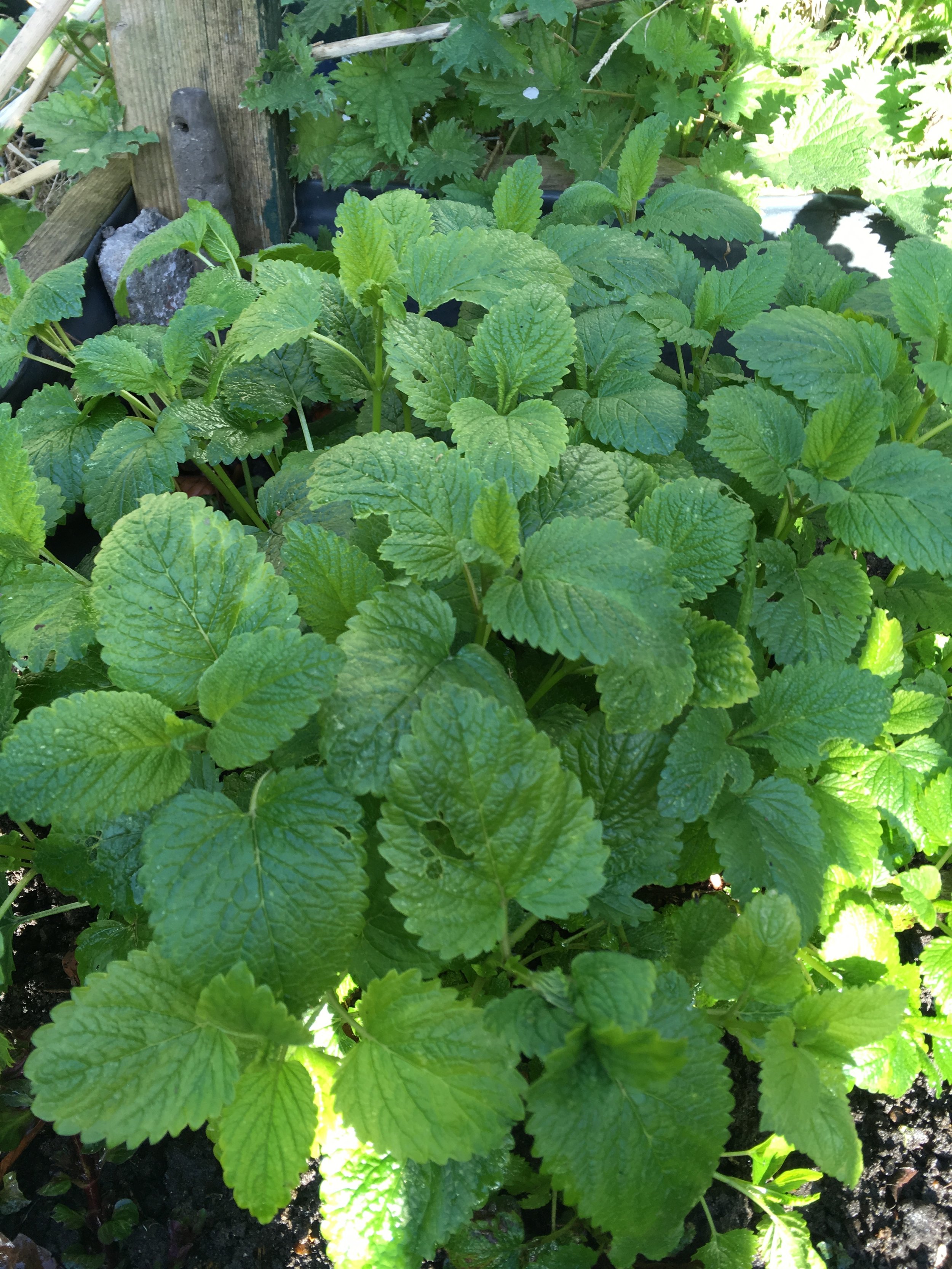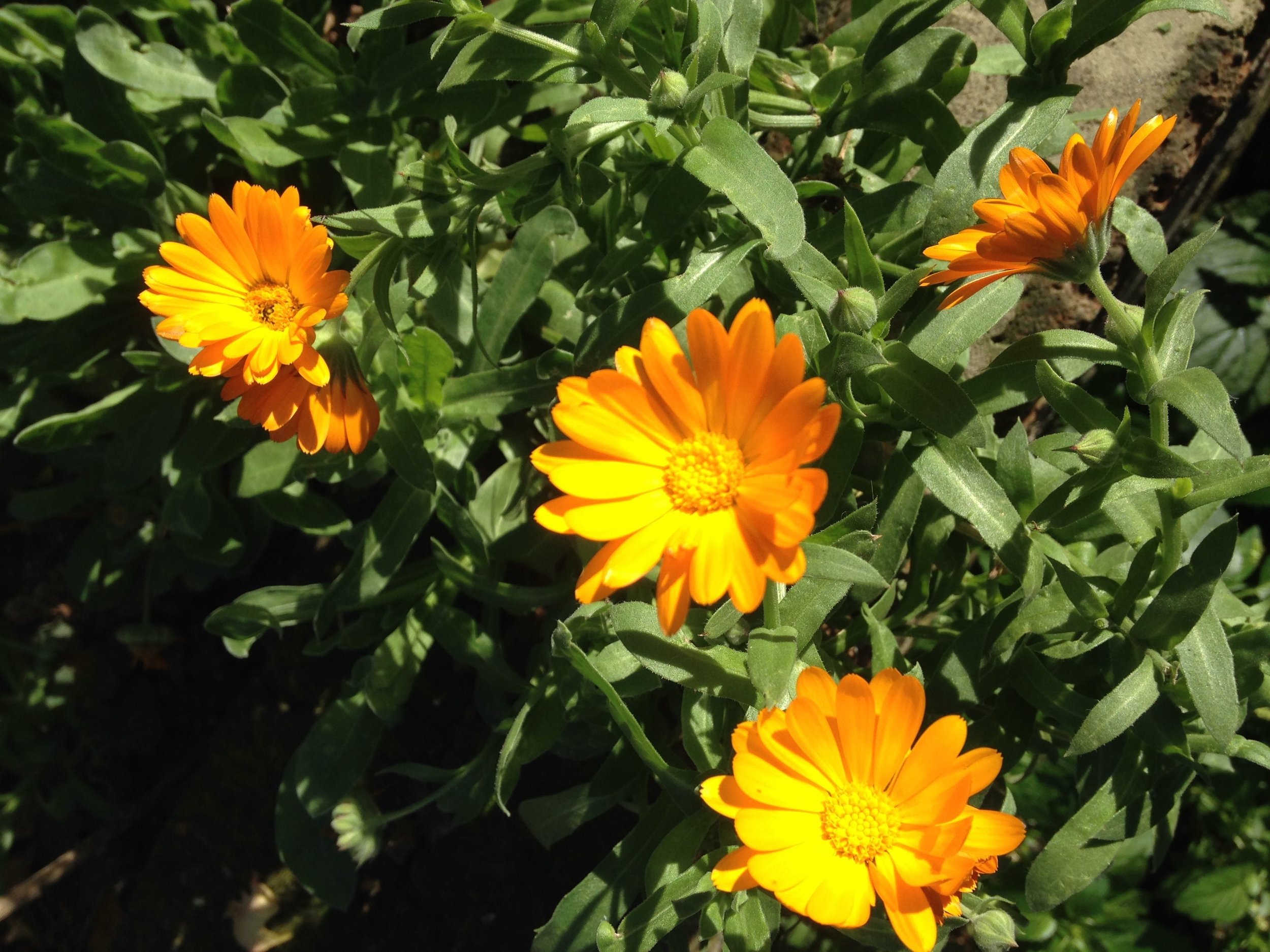Spring seems to have snuck up on us this year, its sudden arrival marked by pink blossoms perching delicately on the ends of tree branches, as if they landed there overnight. And with them comes the happy reminder that everything passes – sometimes, it seems, in the blink of an eye! The appearance of spring’s subtle flowery scent on the breeze, and its dashes of warming sunshine which hold the promise of summer, are a nudging reminder to take notice of what’s going on around us. We’ve often been so busy filling up our calendars with our resolutions, plans and promises for the New Year that taking notice of these subtle but definite changes might have become a bit of a back seat passenger. It’s important to make space for taking notice, as it’s often within this space that insights, wisdom, ideas and creativity can emerge. In the spirit of this, we’ve come up with the perfect way for you to create space to take notice, and enjoy the gifts that spring carries with it.
Now the weather is milder, and plants are starting to unfurl, it’s a great opportunity to take your basket and boots out for a riverside stomp and clear away the cobwebs. Grab your map and plan a route that takes you along canal and riverbanks, or through areas of rich biodiversity. On your way, see which herbs you notice emerging. Make sure you bring your guide for identifying plants, some secateurs and a hot thermos of your favourite herb blend in case it gets chilly.
It’s the perfect time to look out for young stinging nettles, which are abundant in nutrients. Infuse these in some hot water and you’ve got the perfect fuel for your spring creations to come to life! Another plant to spot is early wild garlic, perfect for salads and making wild garlic pesto. Spread it on toast or add to pasta dishes for a garlicky, immunity-boosting kick (be careful, it’s potent stuff!) We like this recipe from the Permaculture magazine website. Cleavers (also known as goose grass) are also plentiful at this time. They help to remove toxins from the body and are very easy to spot – they’ll probably stick to your clothes en route, too so no need to pick! So get those wellies and waterproofs on, take some photos of your findings and share them with us @hackneyherbal – we’d love to see what you unearth.
Happy foraging!
Here is a guide for identifying our favourite three spring time herbs and some ideas for eating, juicing, brewing and stewing these nutricious wild herbs.
1. EAT
Wild garlic (ramsons) Allium ursinum
We like picking the leaves of these and adding them to salads or sandwiches for a nice hearty garlic kick. It’s packed with allicin which is antibacterial and antimicrobial, perfect for beating off those pre-spring colds.
































